Knitting, embroidery and creating mosaics aren’t activities you would normally associate with a maths lesson.
But at six Dundee primary schools they are being used in a new craft-based approach to teaching numeracy.
At Fintry Primary School children had their first taste of surface design with artist Kate Scarlet Harvey. They enjoyed making mosaic or collage pictures, unaware they were also learning mathematics.
Children in Ancrum Road, Claypotts Castle, Rosebank, St Mary’s and Downfield primary schools are using knitting and embroidery for similar lessons.
It’s all part of a new project to equip teachers with the skills to use crafts to aid learning, led by MAKE with the Knit Shop.
MAKE, a campaign for inclusion of crafts in the Scottish curriculum, has teamed up with the Dundee-based knitting factory, Knit Shop, to teach the teachers.
At Fintry, textile designer Kate showed the P6 class how she uses shapes, colour and what she describes as organised chaos in creating graphic prints for products such as clothing or wallpaper.
She said: “I think the kids have captured that perfectly and a lot of them have taken it to another level.”
Rory, 10, said it made him think of architecture. He said: “You’re learning how to measure and build things.”
Teacher liaison for MAKE with the Knit Shop, Susan Bedford, said mathematic principles including shapes, geometry, measurements and symmetry are all involved.
She said: “This is something the children enjoy.
“They may have done it purely as a mathematical or numeracy task before but they are applying that knowledge to something in art and design.
“This might reinforce learning they are struggling with because they are doing it in a different way.”
Isla, 10, said: “It’s been very, very fun. We’ve been using shapes to design pictures of anything we want. We have to use our imagination.
“We needed to be able to keep our hands steady to place everything down and we needed to make sure we could fit everything on our designs.”
In knitting and embroidery children measure lengths of wool, count rows and add, subtract or multiply stitches.
MAKE co-founder Catriona Duffy said: “Craft provides a unique bridge between expressive arts and technologies curriculums and can unlock learning, particularly promoting creativity and attainment within science and numeracy disciplines.”
And it’s more than just maths children will learn, as Knit Shop founder Donna Wilson explains.
“These skills are more than just making things; they’re about creativity, patience, critical thinking and connecting with our heritage.
“By supporting this manifesto, we are ensuring that valuable craft traditions continue to thrive, as well as introducing skills that will be carried on through into everyday life beyond school.”
A two-year project, MAKE with the Knit Shop is supported the Paul Hamlyn Foundation’s Teacher Development Fund. It also supported by Dundee Creative Learning Network, Craft Scotland and Creative Scotland.
As well as introductory workshops with artists in the classroom, teachers will attend a residency at the Knit Shop and visit textile studios.
Stewart Hunter, Dundee City Council’s children, families and communities convener, said: “Dundee has a strong historical connection to textiles and it’s great that this legacy is continuing today in some of our schools.”







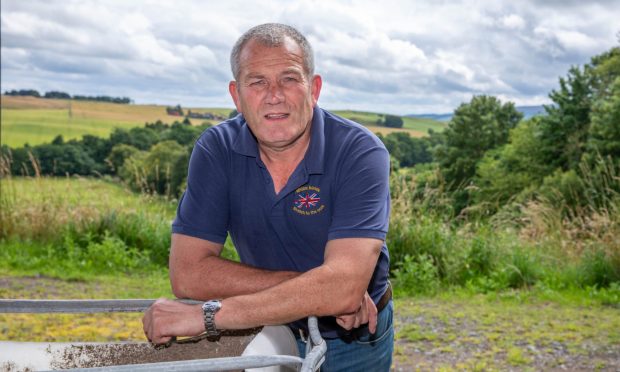
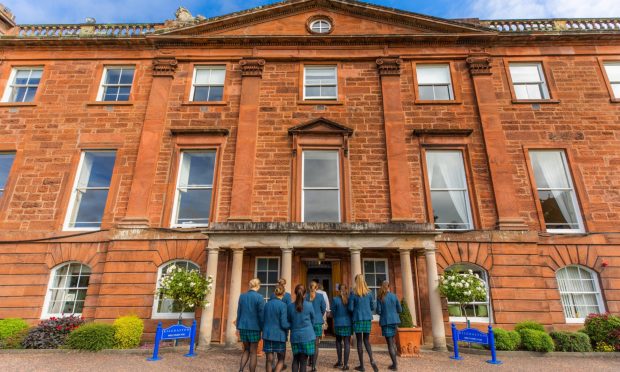

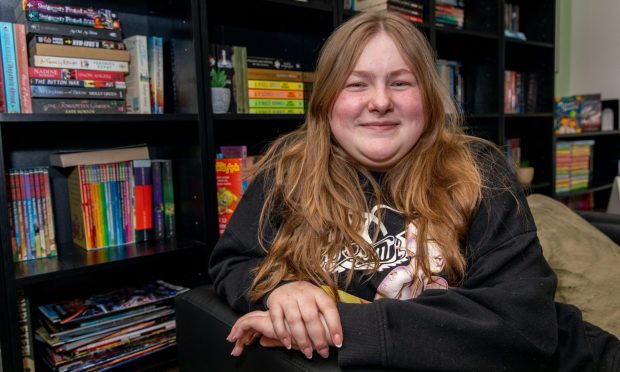
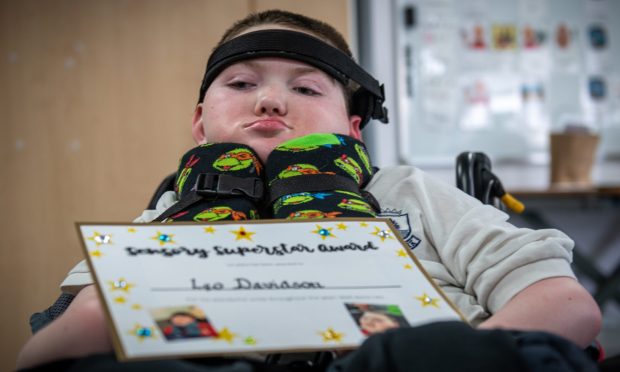
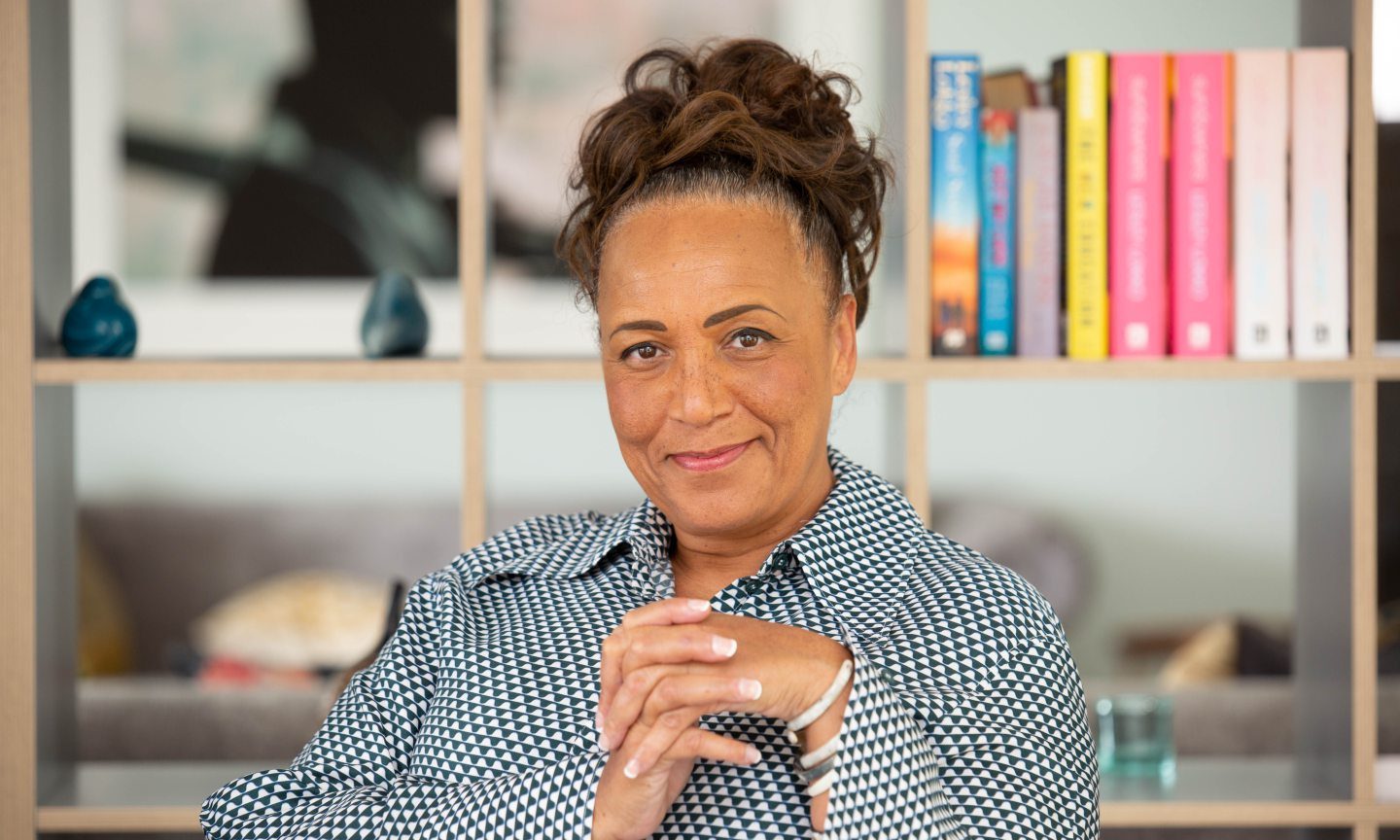
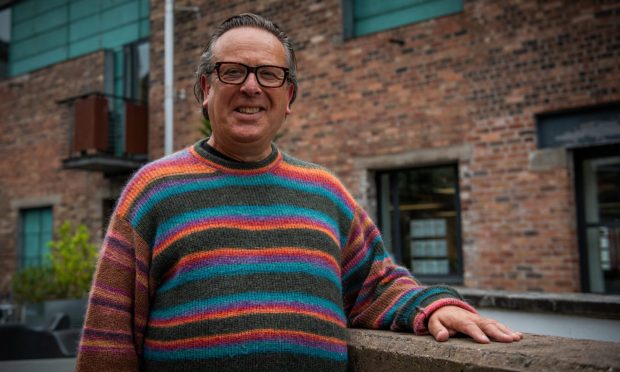
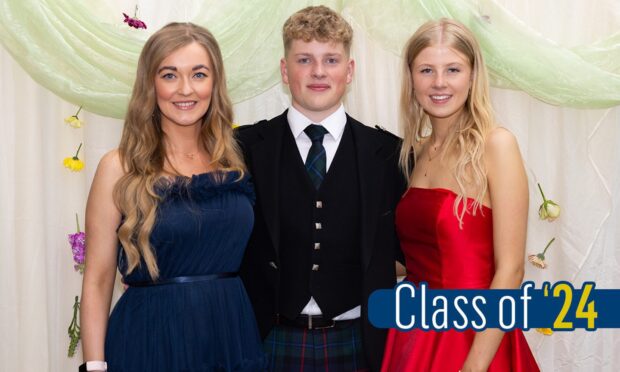
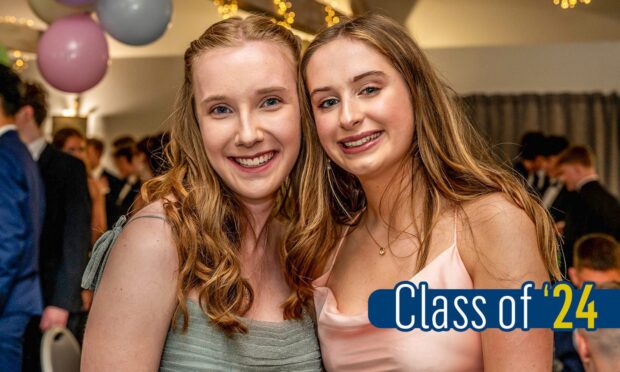
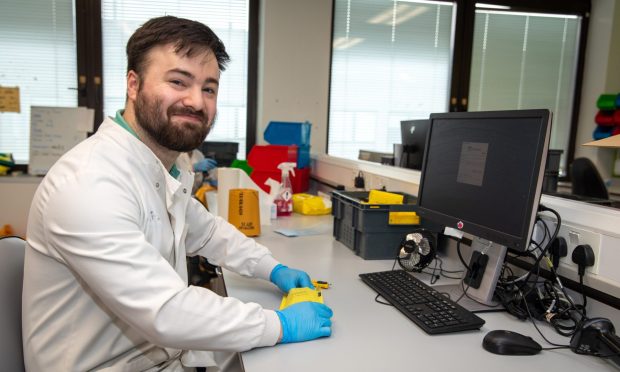
Conversation